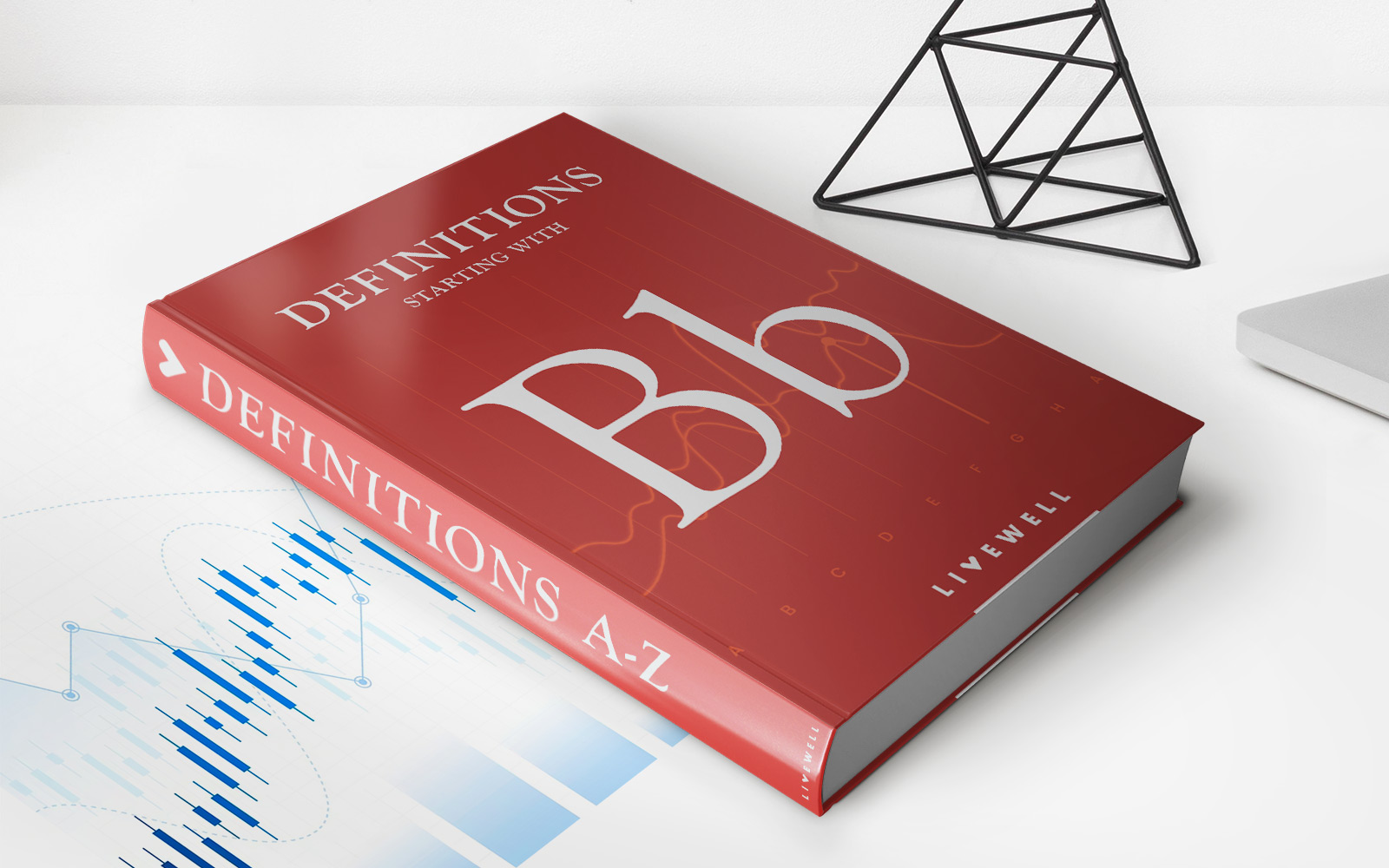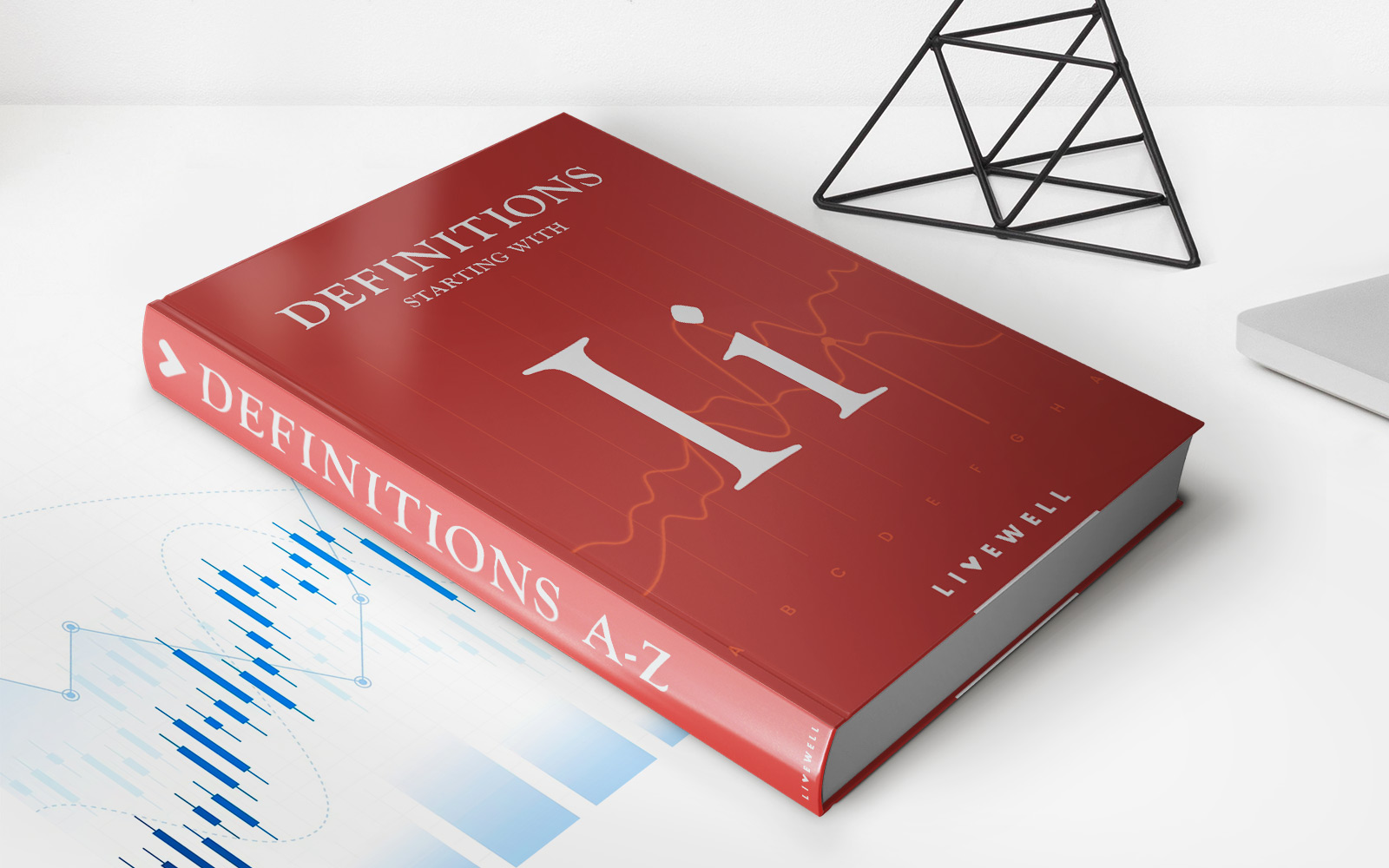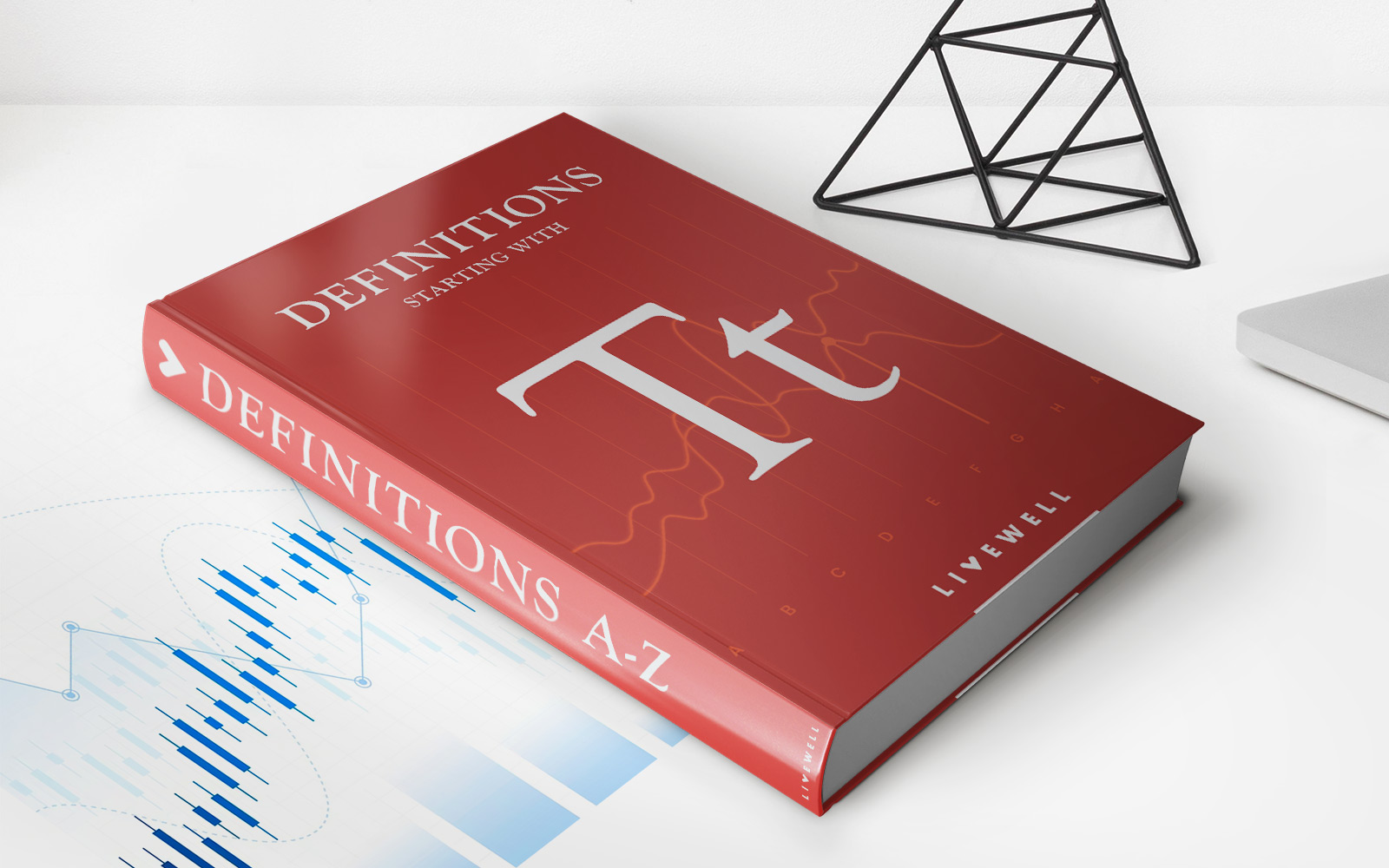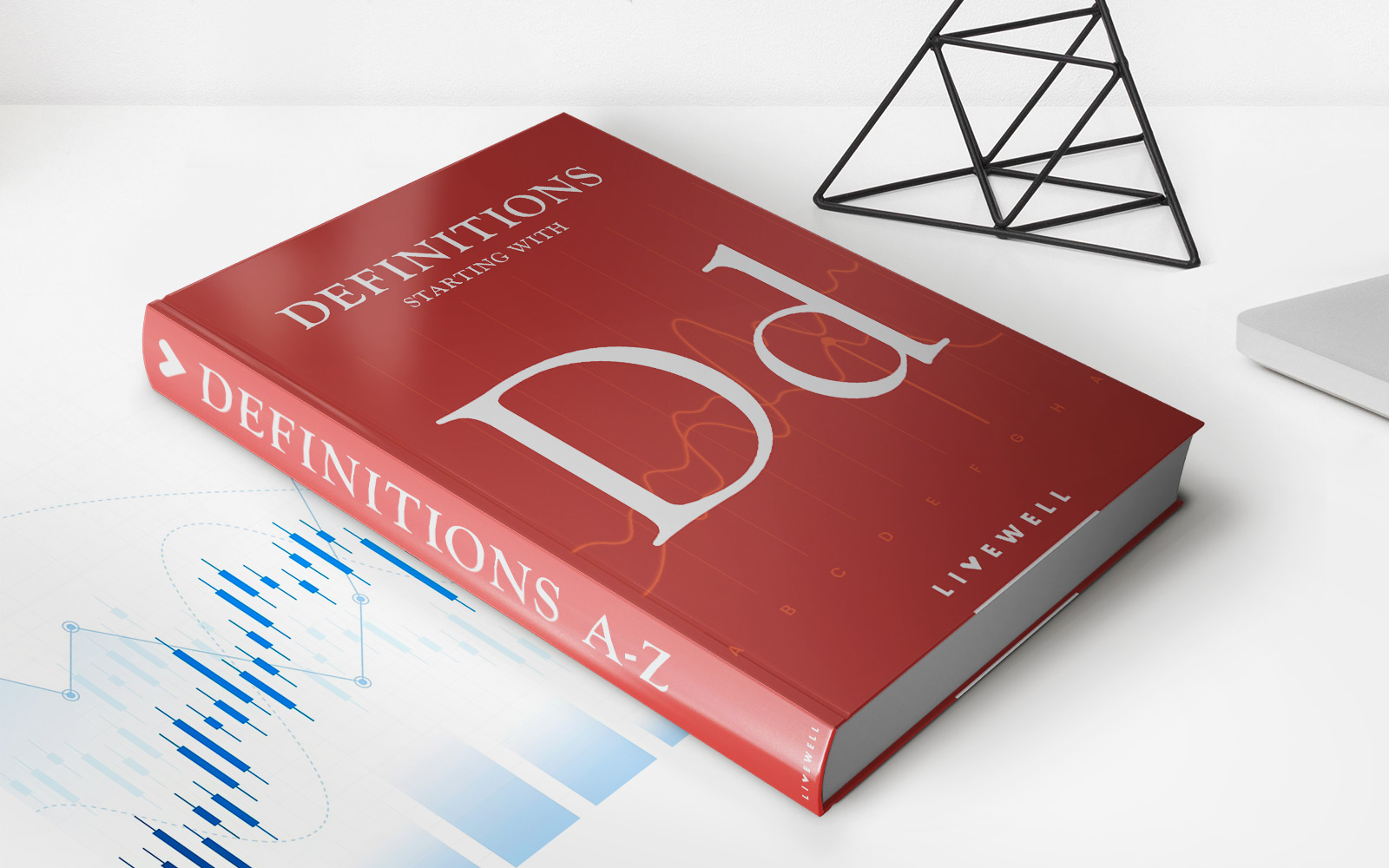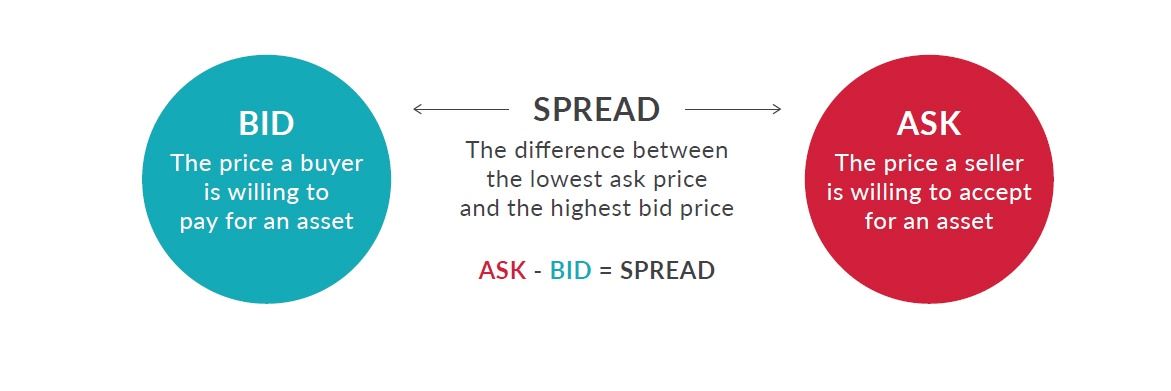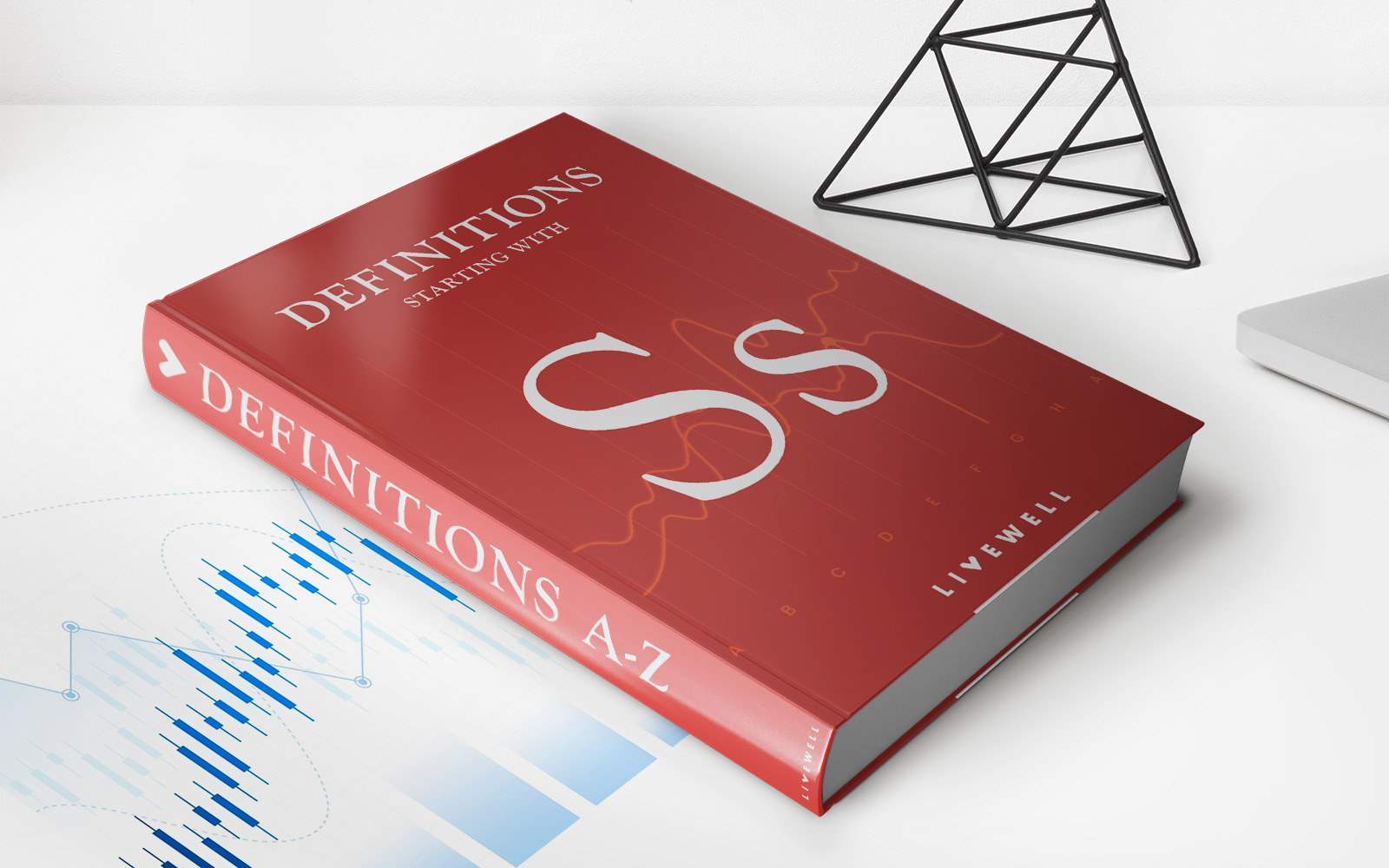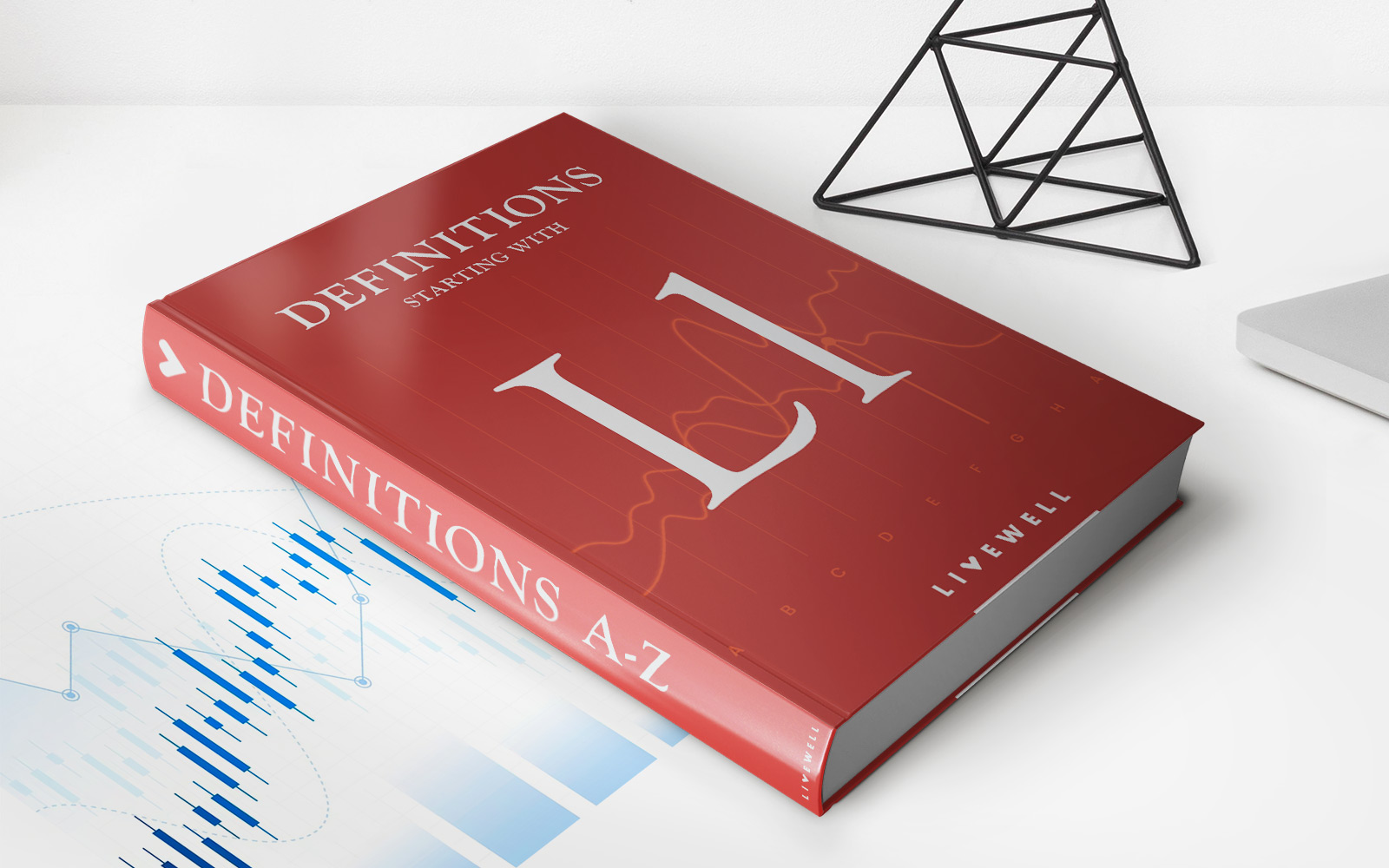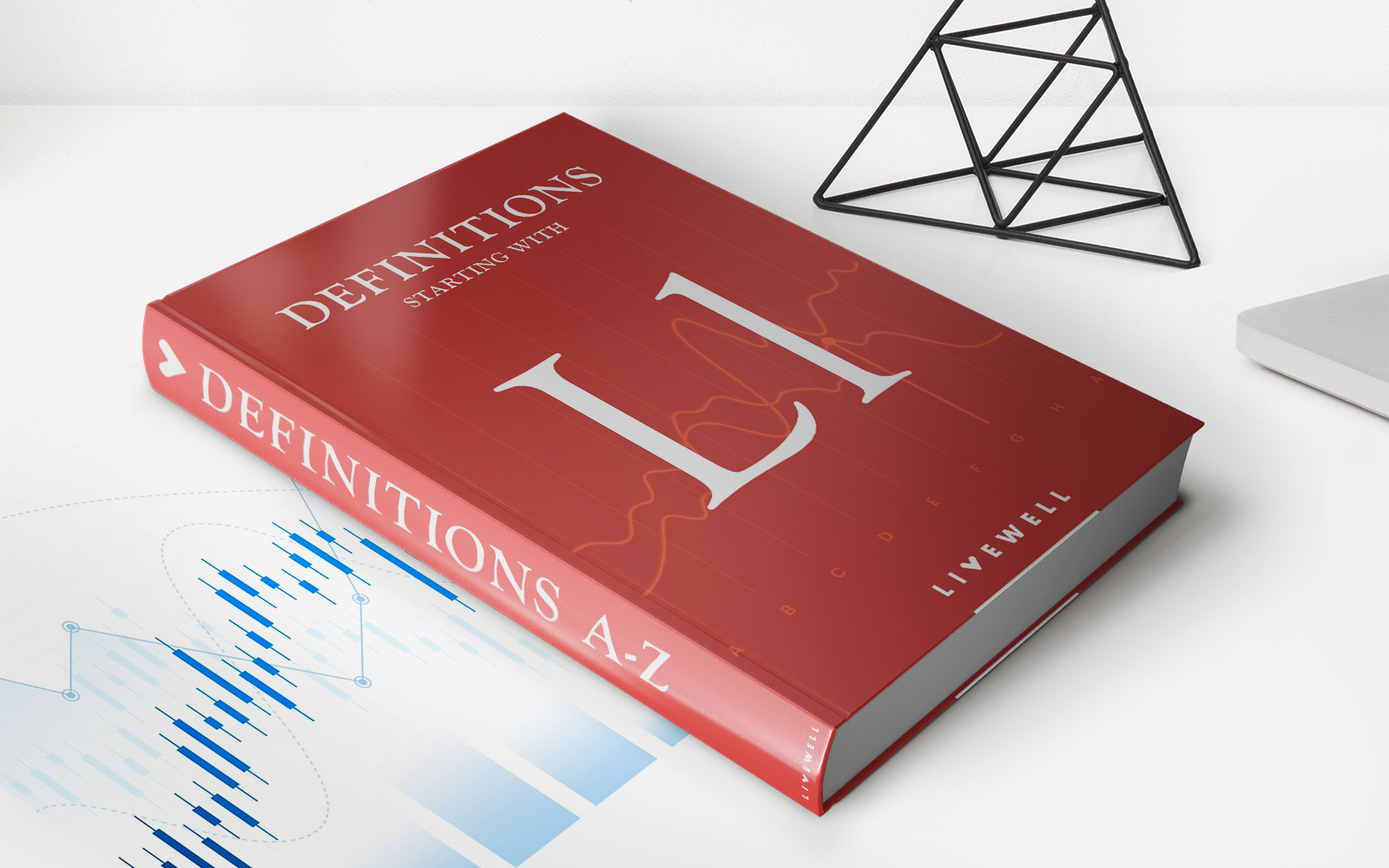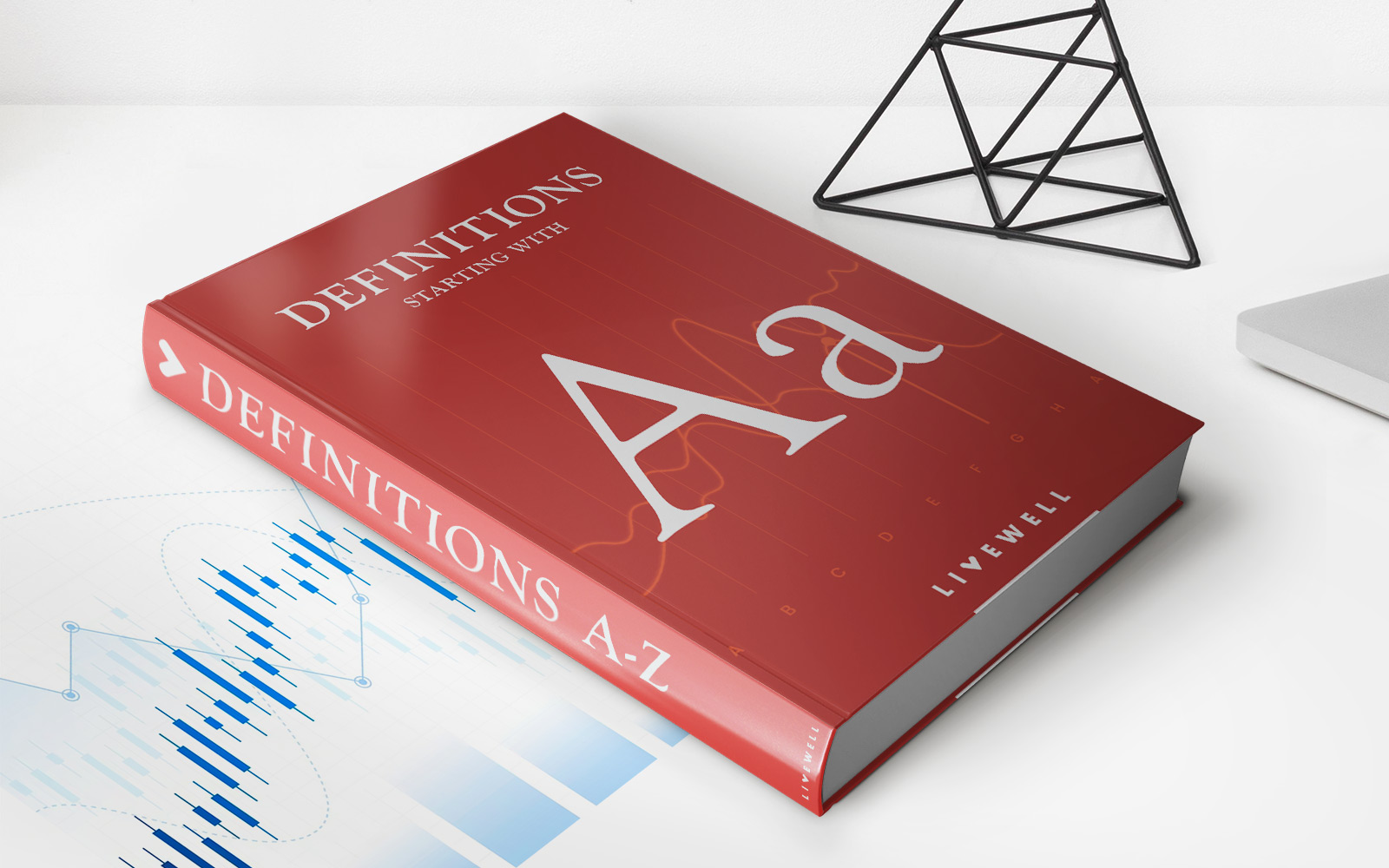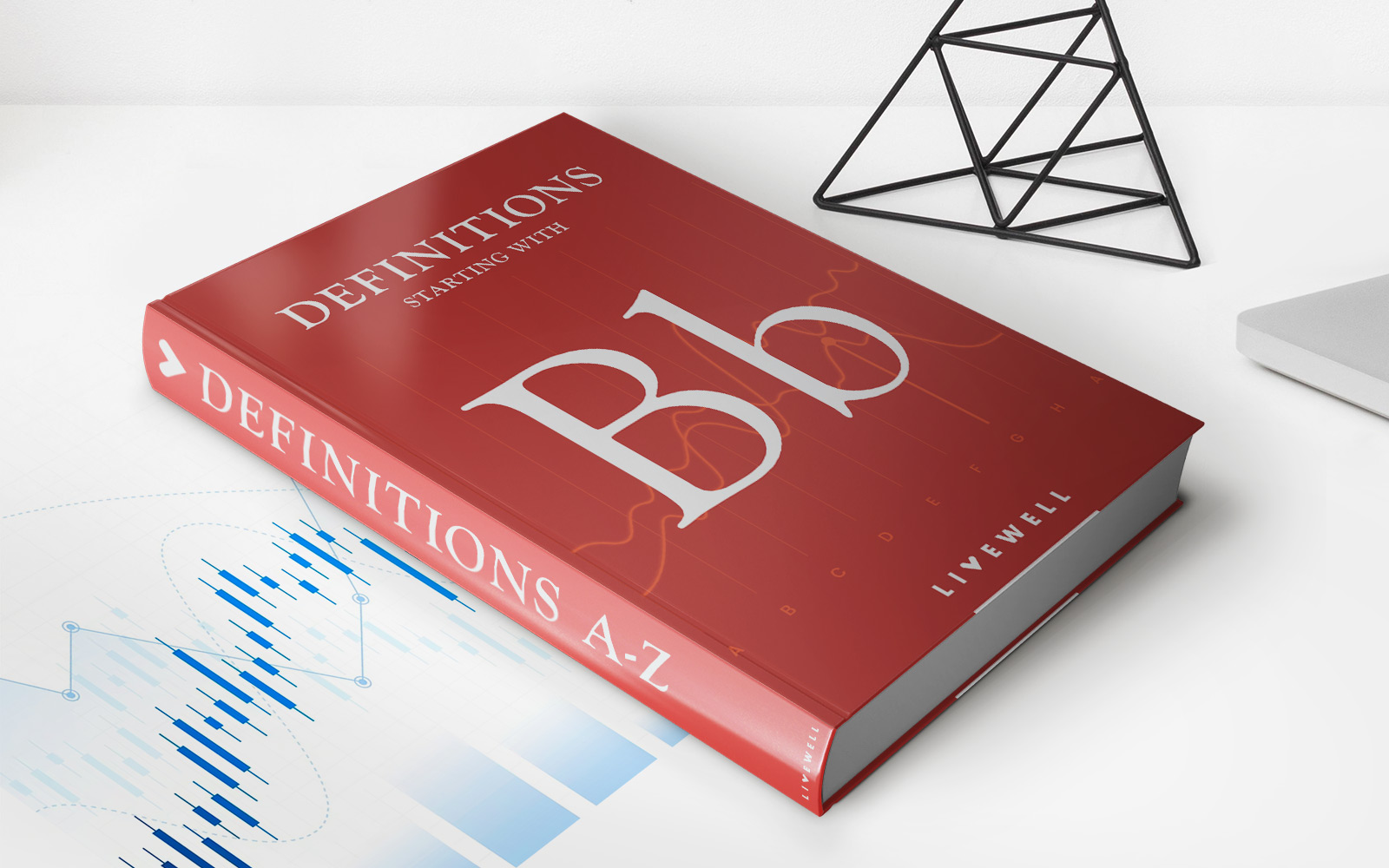

Finance
Bid Price: Definition, Example, Vs. Ask Price
Published: October 15, 2023
Learn about bid price in finance, including its definition, example, and how it compares to ask price. Master the concepts of financial markets and trading strategies.
(Many of the links in this article redirect to a specific reviewed product. Your purchase of these products through affiliate links helps to generate commission for LiveWell, at no extra cost. Learn more)
Understanding Bid Price: Definition, Example, Vs. Ask Price
Welcome to another informative blog post in our Finance category! Today, we will delve into the concept of bid price and its significance in the world of trading and investments. Whether you are a seasoned investor or just starting to explore the financial markets, understanding bid price is crucial to making informed decisions. In this article, we will define bid price, provide an example to illustrate its application, and discuss the key differences between bid price and ask price.
Key Takeaways:
- The bid price refers to the highest price that a buyer is willing to pay for a particular security or asset.
- Understanding bid price is essential for investors as it helps them determine the potential value of an asset and make informed trading decisions.
Definition of Bid Price
In finance, the bid price is the highest price that a buyer is willing to pay for a specific security, such as a stock, bond, or commodity. It represents the demand side of the market, indicating the maximum amount someone is willing to shell out to acquire the asset. Investors and traders can find the bid price displayed on trading platforms or financial news websites, usually alongside the ask price.
When investors place a market order to sell a security, they will likely receive the bid price as the transaction price. The bid price reflects the current market sentiment and serves as a benchmark for the market value of an asset. It is important to note that bid prices can fluctuate as market conditions change, such as shifts in supply and demand dynamics or market sentiment.
Example of Bid Price
Let’s consider an example to better understand bid price in action. Suppose you are interested in purchasing shares of Company XYZ, a publicly traded company. Currently, the bid price for the stock is $50. This means that for each share, there is a buyer willing to pay up to $50. If you decide to buy the stock at the bid price, your purchase will be executed at $50 per share.
However, it’s essential to note that the bid price is not necessarily the price at which the transaction will be executed. This is where the ask price comes into play.
Bid Price vs. Ask Price
The bid price and ask price are two important components of a security’s pricing. While the bid price represents the highest price a buyer is willing to pay, the ask price, often referred to as the offer price, represents the lowest price a seller is willing to accept for the asset.
The key differences between bid price and ask price include:
- The bid price is the highest price a buyer is willing to pay, while the ask price is the lowest price a seller is willing to accept.
- The bid price represents the demand side of the market, while the ask price represents the supply side.
- The bid price is lower than the ask price, creating a bid-ask spread, which represents the market liquidity and trading costs.
Understanding the bid price and ask price helps investors determine the potential value of an asset and make informed trading decisions. The bid-ask spread also plays a role in analyzing market liquidity, as wider spreads may indicate lower liquidity and potentially higher trading costs.
In conclusion, bid price is a critical concept for anyone involved in trading and investments. By understanding the bid price, investors can assess the market demand for a security and make informed decisions based on market sentiment. Remember to keep an eye on both the bid price and the ask price to gain a holistic view of a security’s pricing dynamics. Happy trading!
